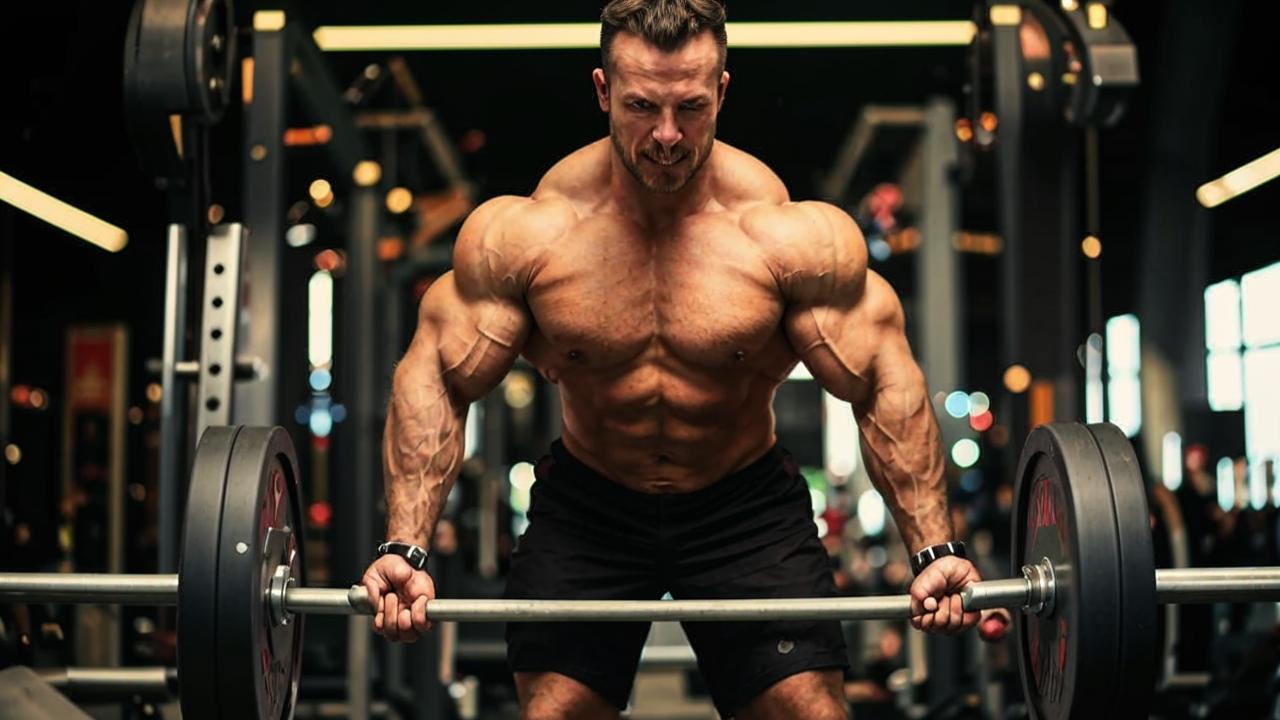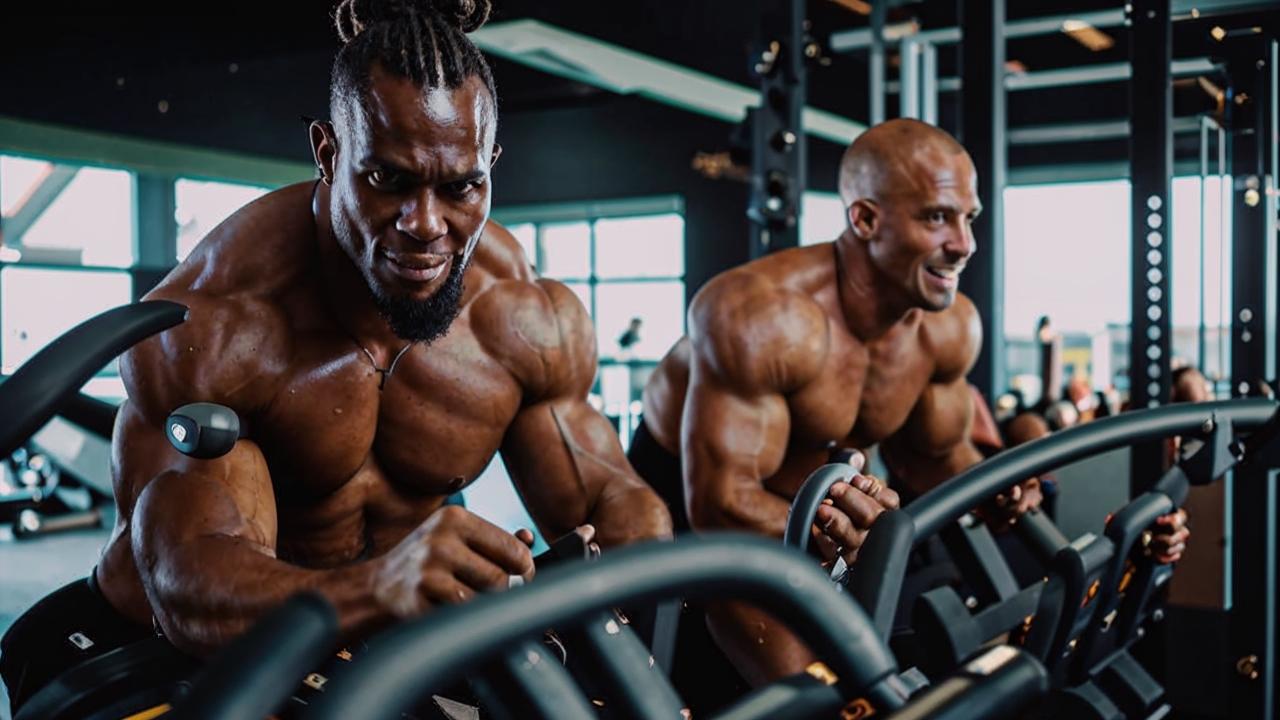Strength training is really effective when it comes to pumping your muscles. However, not everything is so simple. To achieve results, you need not only to work hard and long, but also to follow the technique of execution. After all, its violation can lead to unpleasant consequences.

Maailmaklassi fitness treener
Today I will tell you about the mistakes to avoid when strength training to achieve results and not to get injured.
Lack of warm-up
The less time you spend on warming up, the more you will spend on treatment and recovery. Every body has its own margin of safety, lack of warm-up leads to chronic injuries in the medium term.
Before starting strength training, it is necessary to prepare the central nervous system, warm up the body and let it know that now there will be a physical load.
It is necessary to raise the heart rate on cardio for 7-15 minutes, prepare the joint and ligament apparatus and muscles for the load with the help of preliminary stretching of the main muscle groups involved in the work for 5-7 seconds. And also perform smooth weight lifting of projectiles and weights before reaching the working weights.
Working in a shortened amplitude with an uncontrolled tempo
Working in a shortened, incomplete amplitude, you deprive yourself of the full effect, the benefit of the load falls. Working at a fast, uncontrolled pace is similar. It is important the total time of the muscle under load, not the number of repetitions, because it is conditional and invented for the convenience of trainees.
Perform the exercise in full amplitude, in which the muscles and joints should work, taking into account your anatomical features and contraindications. Do not neglect the negative phase of exercise. During this phase, the effect of the load is higher than in the positive phase.
For example, when lifting a barbell on the biceps, many people lift it up with difficulty and then throw it down very quickly. This is not the way to do it. You need to perform the reverse movement just as slowly.

Hyperextension with a round back
This is an exercise where the muscles of the back of the thigh and glutes do the main work, and the back works in isometric/static mode. By rounding your back and bending your spine, you induce a very high load in the lower back, which can lead to protrusions and herniations later on.
The exercise is performed with a straight back, with a natural lumbar lordosis, with the shoulder blades brought in. Smooth inclination is carried out at the expense of the hip joint, and extension to a neutral position is due to the tension of the buttocks and the muscle of the posterior surface of the thigh.
Dumbbell curl with inward rotation of the shoulders
This variation of execution can lead to fatigue injury – impingement syndrome of the shoulder joint. In this technique, the humerus contacts the scapula, rubbing the tendon of the supraspinous muscle.
The correct technique is to perform the abduction with a slight rotation, 10-15 degrees, of the humerus outward, so that the elbows at the end point of the movement are directed downward diagonally. Also, at the end point, the shoulder joint is above the elbow joint and the elbow joint is above the wrist joint, a kind of downward straight line.
Upper block pull behind the head
Pulling the block behind the head can also lead to impingement syndrome, the reasons are the same. Working at this range will force the humerus to rotate inward, and the lower you pull, the more pronounced this will be.
Do not perform the pull behind the head, do it to the chest, at the end point your shoulder bones should be located in the plane of the chest, elbows – strive to press against the body, shoulder blades are brought and lowered.

Squat with an upright body or a strong incline
In the case of an upright execution, there will be a breaking out load on the lower back and most likely a very strong forward departure of the knees and weight transfer to the toes to keep the balance.
In the case of a strong body lean, the load on the legs will be minimal, everything will go to the extensors of the spine, and the peak load will be on the lumbar spine.
Squats are a multi-joint exercise with simultaneous pelvic movement backward and hip rotation outward. The knees should be aligned with the middle toes of the feet. There should be a balance between body tilt and squat depth so that the center of mass of the body coincides with the center of mass of the feet. The centers should be centered between your feet for stability.
Build your workout properly by paying attention to the technique of each exercise. After all, training should first and foremost benefit your body, not harm it.






